August 17th, 2021
7minute read
Private Pavel Ivanovich Andreyev was terrified.
In his 18 short years on this planet, he had never imagined things could be so bad.
It was August of 1943.
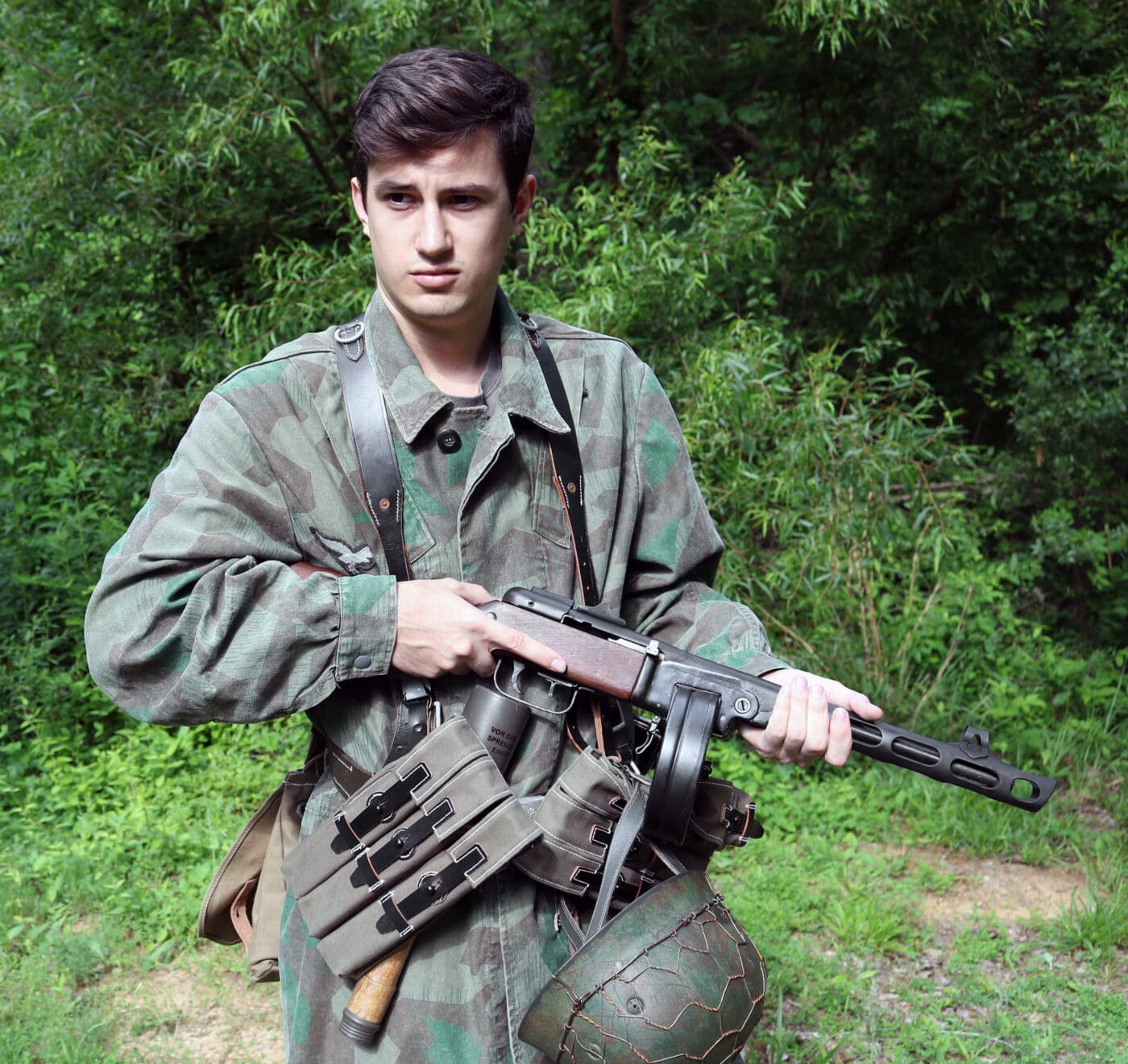
The sky was blue, and the sun beat down like a furnace.
Littering the countryside around him were the hulks of hundreds of derelict armored vehicles.
The stench of rotten death penetrated the foul diesel exhaust bellowing from the T34.
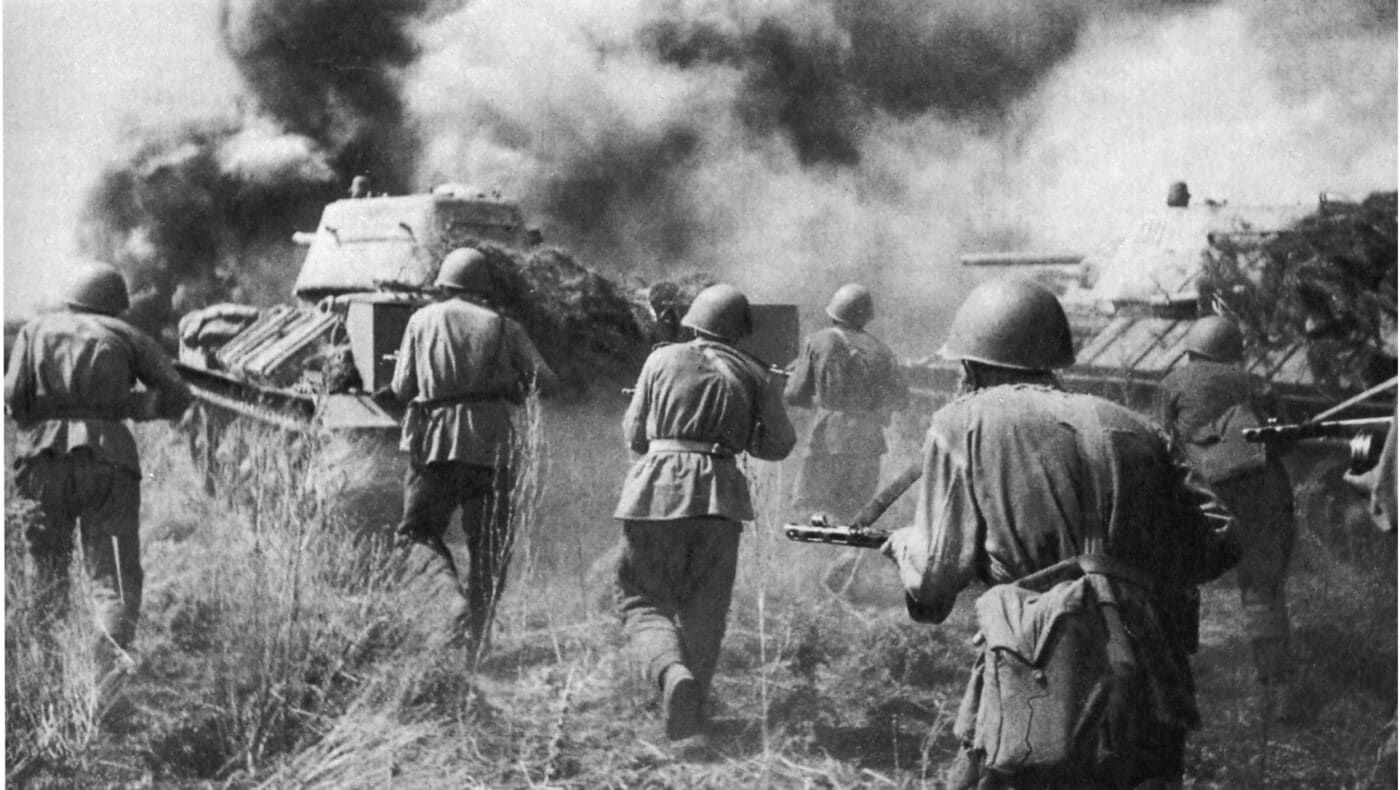
The ghastly smell seemed to soak into his flesh.
Pavel wanted desperately to go home.
Private Andreyev held his PPSh submachine gun in a death rictus.
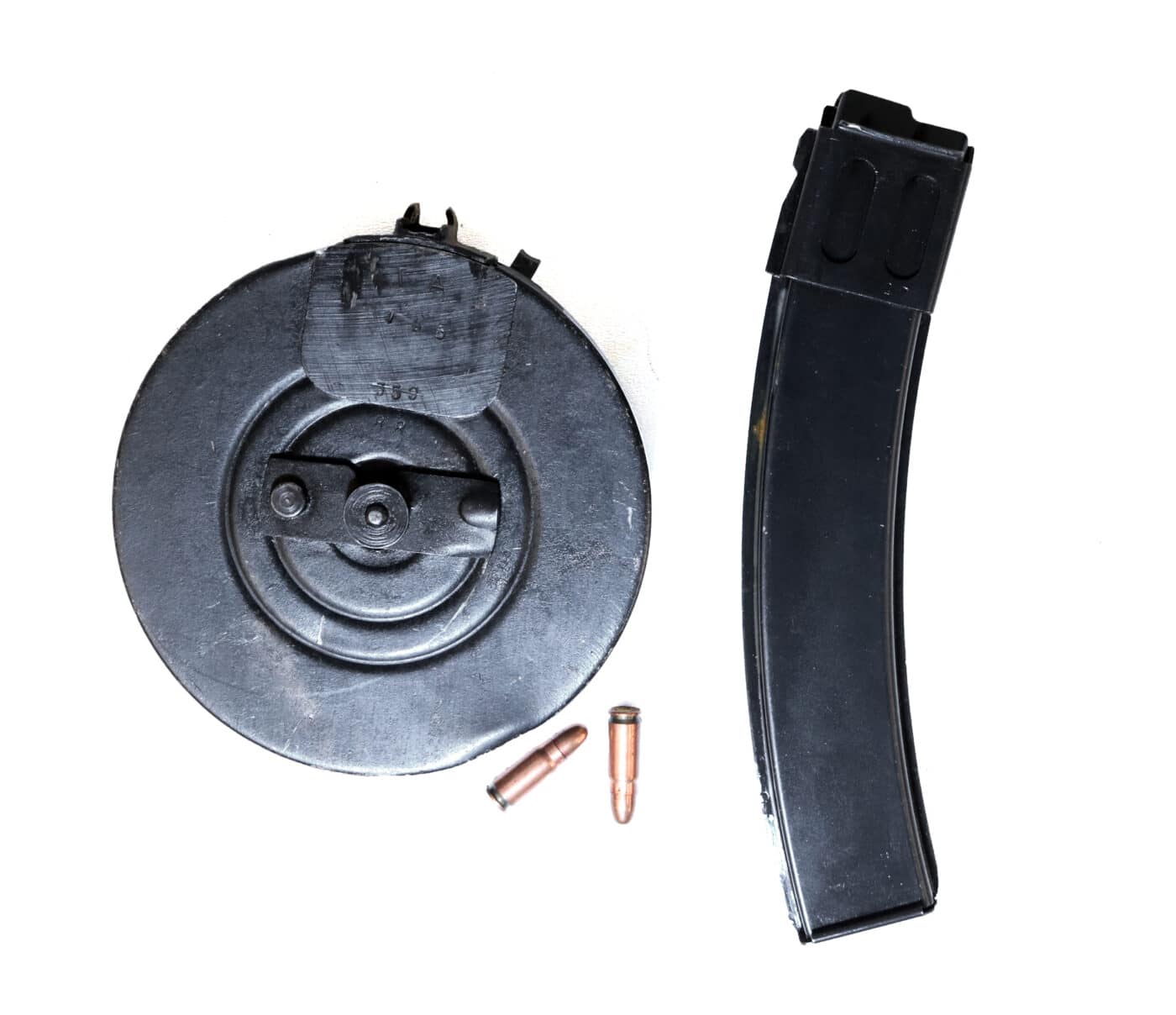
Andreyev and his comrades called the simple little bullet hose the Papasha or Daddy.
Simplistic to the point of crudity, the PPSh nonetheless offered a simply breathtaking volume of close-range fire.
Some Soviet formations sported entire companies armed solely with these fast-firing monsters.
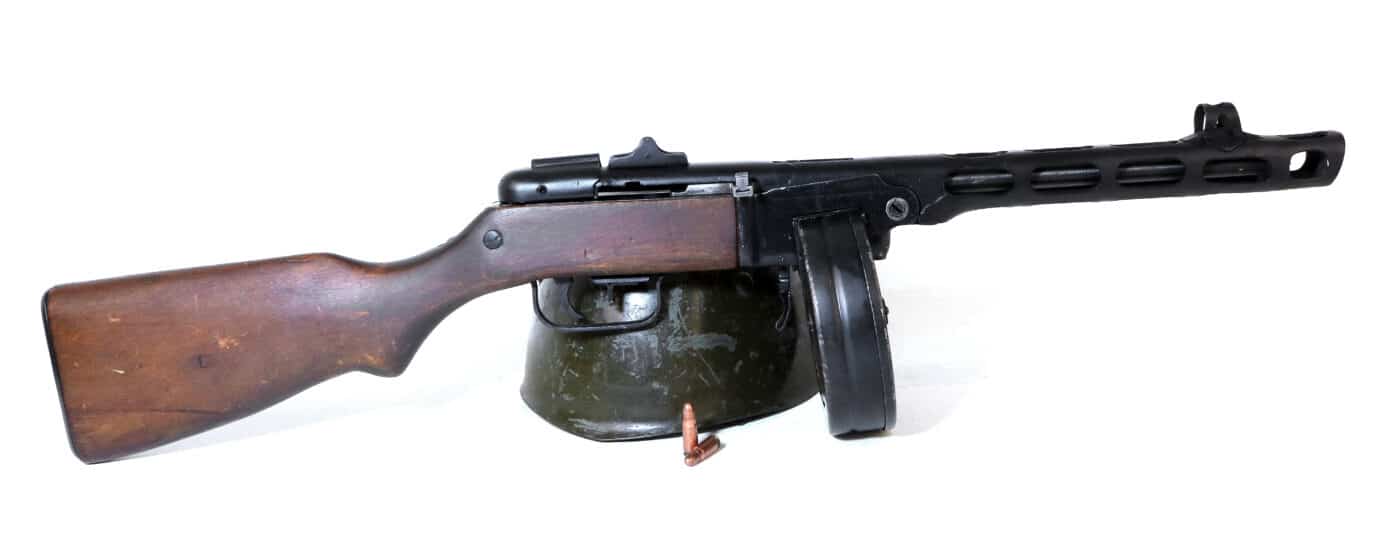
The PPSh could be fed via either 71-round drums or 35-round stick magazines.
Andreyevs gun carried a drum.
He had another drum magazine hanging from his belt in a canvas pouch.
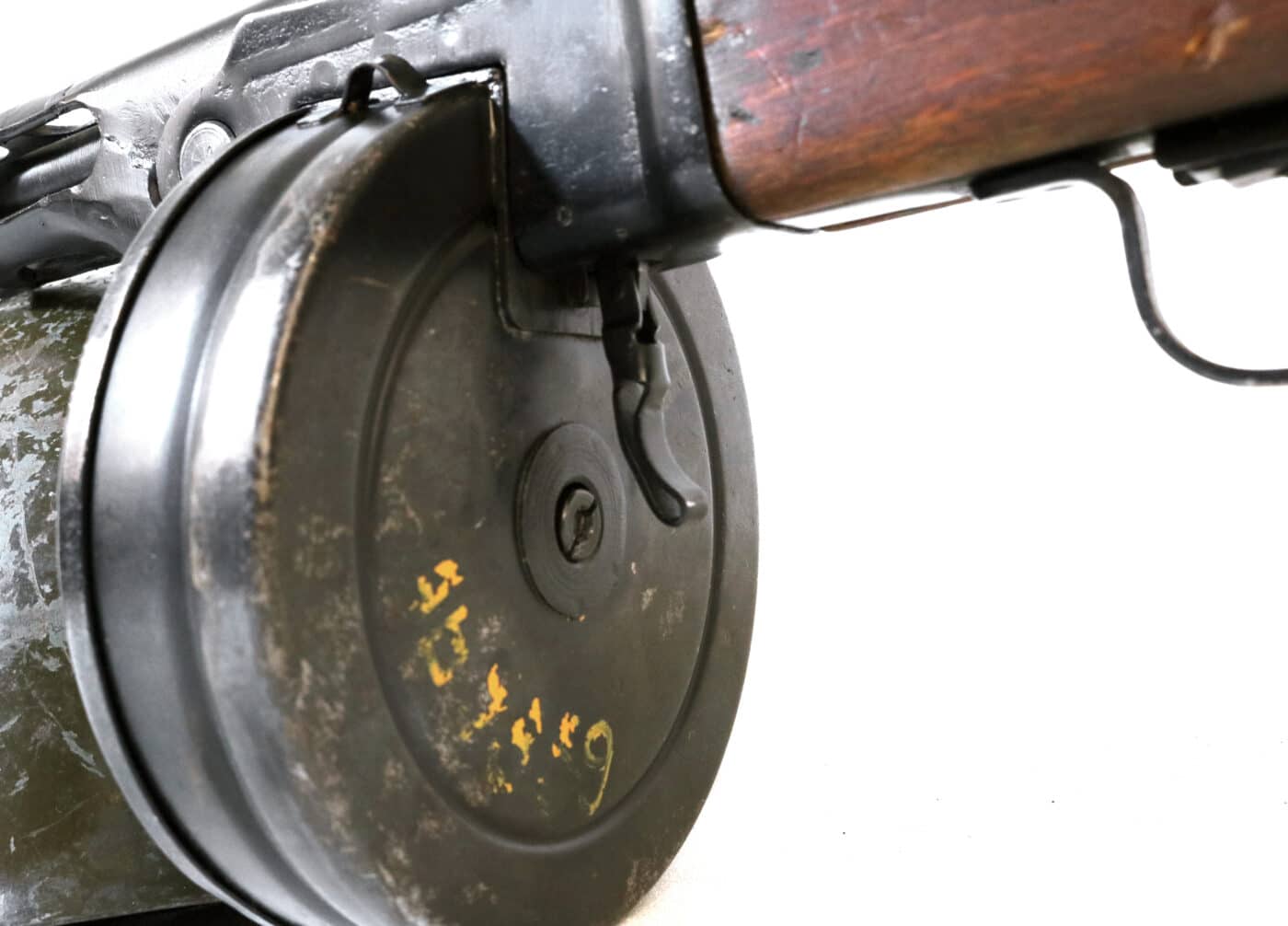
He felt the massive T34 slow down slightly before the very sky itself split asunder.
The shock threw Private Andreyev and the rest of his rifle squad viciously to the ground.
Andreyev regained his wits moments later and rolled over.
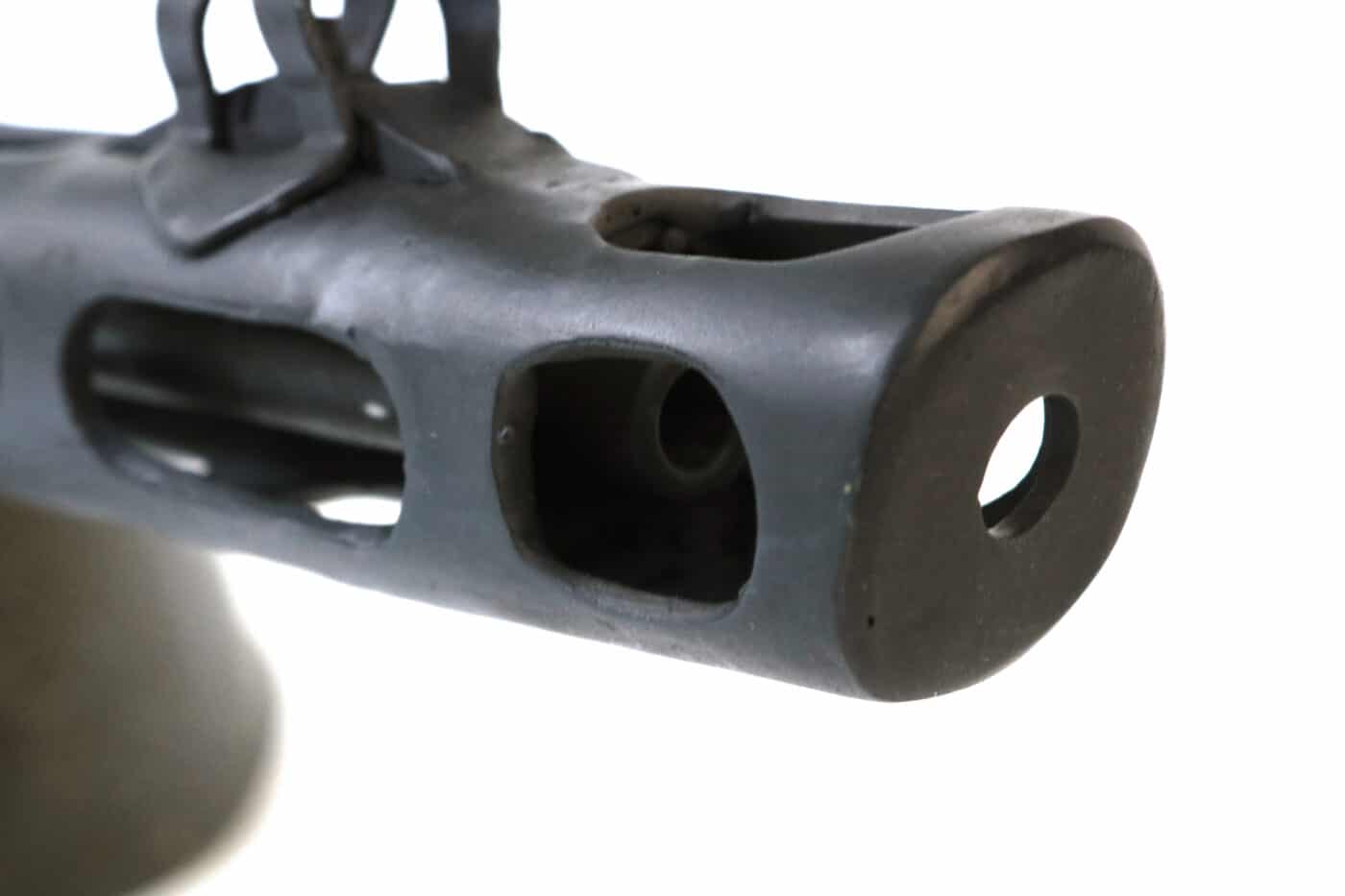
Andreyev realized he had to move or he was going to die.
The Soviet tank was now brewing up, its ammunition cooking off like the sulfuric effluvium of hell itself.
In desperation Private Andreyev rolled into a nearby trench.
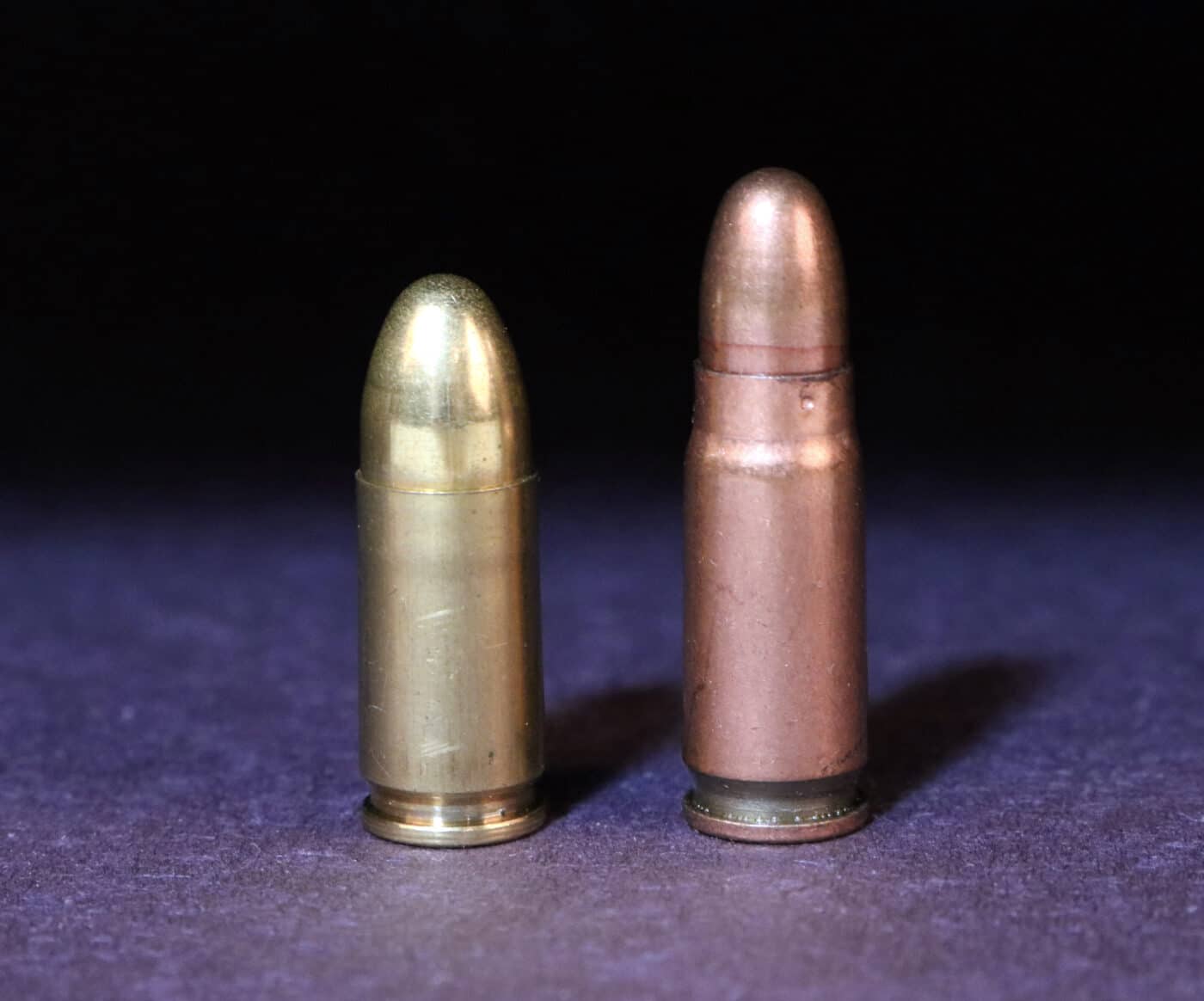
Miraculously, his Papasha was still slung around his neck.
The young Russian fell heavily to the soft earth and willed himself not to panic.
As he stood unsteadily to his feet four German Landsers came tearing around the corner on top of him.
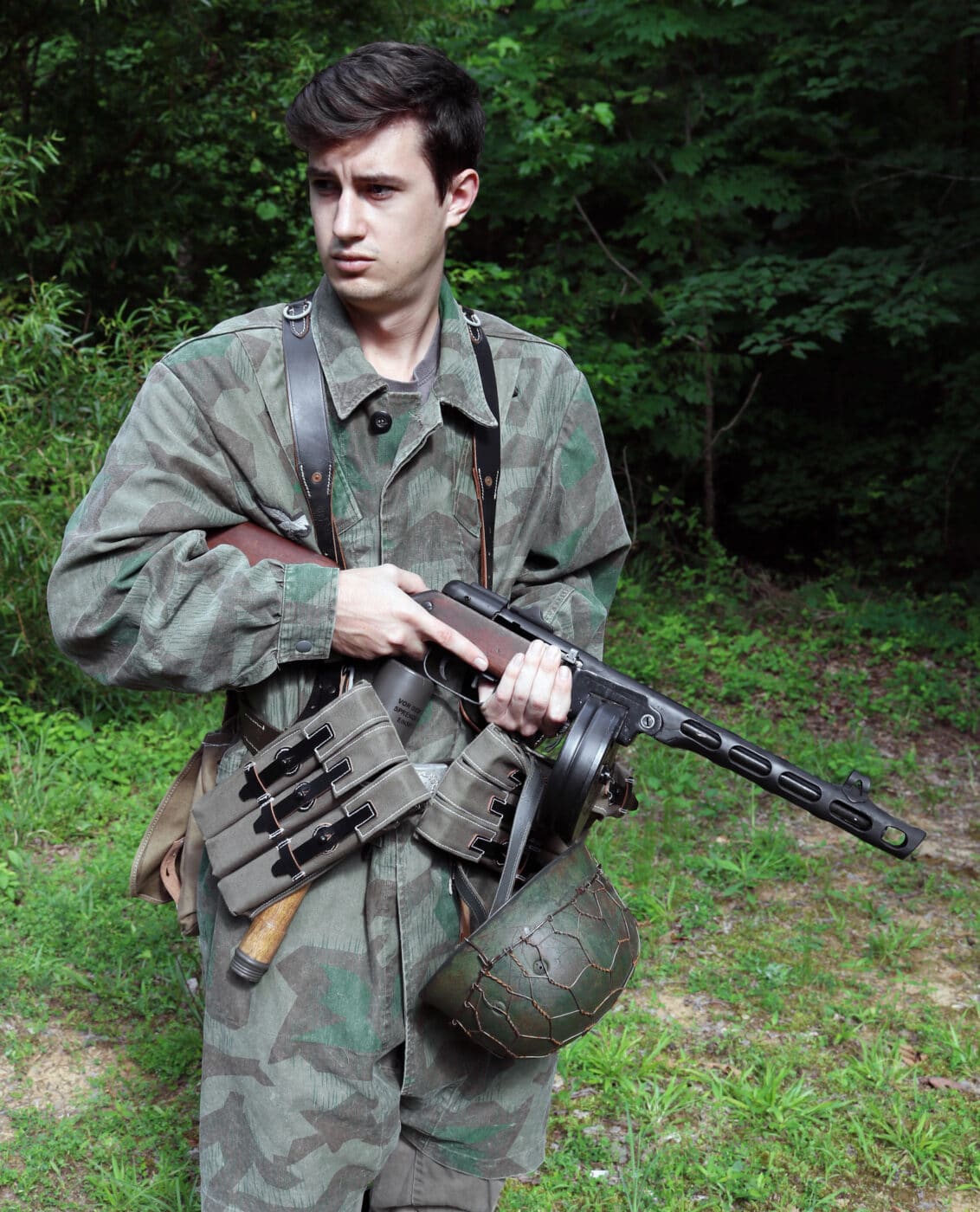
All five young soldiers were comparably surprised.
For his part, Private Andreyev did not think.
He simply angled his Papasha from the hip and torqued down on the trigger.
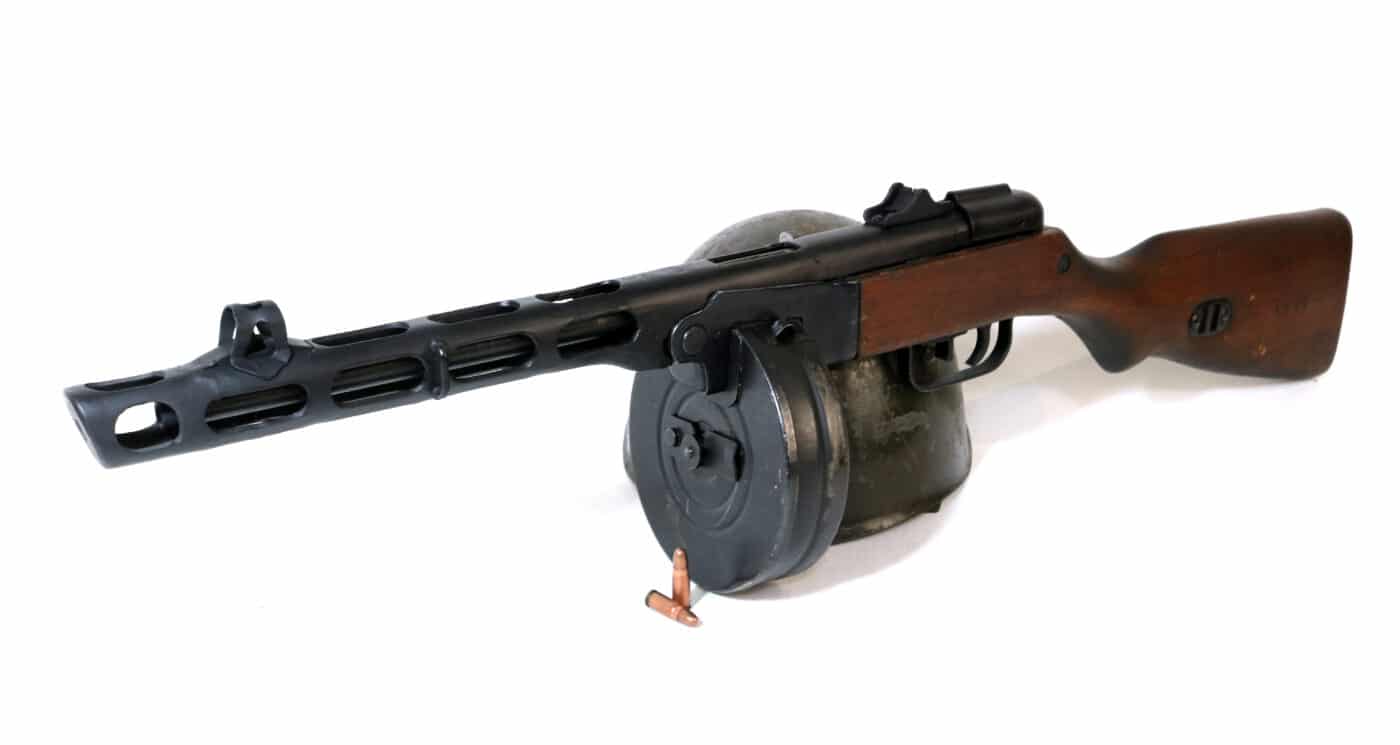
The PPSh spewed death within the tight confines of the trench at fifteen rounds per second.
All four Germans went down.
Five seconds later Andreyevs subgun fell silent, steam and smoke rising from its hot barrel.
Without conscious thought Private Andreyev removed the empty drum and had a fresh one in place.
He carefully stowed the expended drum in his ammo pouch for reloading.
One angry PPSh was impressive.
One hundred at once was an irresistible force.
PPSh stood for Pistolet-Pulemyot Shpagina or literally Shpagins Machine Pistol after its designer Georgy Shpagin.
The PPSh first saw action in 1941.
The Papasha was comprised predominantly of relatively crude steel stampings.
The receiver and perforated barrel jacket were pressed out as a single component.
The flip-adjustable sights were basic and unadorned, while the sundry details were rough and rugged.
The barrel jacket featured a series of cooling slots.
The magazine release was a pivoting thumb lever located on the midline.
When not in use this appendage could be folded up and stowed against the bottom of the weapon.
There was a sliding switch located inside the triggerguard that toggled between semi- and full-auto fire.
The buttstock was simple and unadorned.
Two drums were hand-fitted to each gun at the factory.
The use of other drums ran the risk of a loose fit or poor reliability.
By comparison, the previous PPD consumed 13.7 hours.
Only a few hundred weapons were in service by November of 1941.
Another 155,000 rolled off the lines in the next five months.
In 1942 Soviet industry had produced 1.5 million Papashas.
By the end of the guns vigorous production run some six million copies had been built.
I myself do not care much for the gun.
The PPSh ejects straight up and with some vigor.
When moving tactically thats not a big deal.
When stationary on the range, however, its like sitting under a shower of hot brass.
Theres not really a good place to put your support hand when running a drum-equipped PPSh.
The curved 35-round stick magazine provides a much more comfortable purchase.
The 1,000-rpm rate of fire is a bit spunky for my tastes as well.
A good gun will run in the face of the most egregious abuse with minimal maintenance.
This meant that German Landsers frequently used captured PPSh submachine guns in action against the Russians.
The Wehrmacht even undertook a program to convert captured PPShs to fire 9mm Parabellum.
These converted guns were designated the MP41(r) in German service.
The Russians also experimented with the PPSh as an airborne weapon.
Multiple PPSh SMGs were fitted to fuselage racks affixed to the Tupolev-2 bomber.
In this configuration, these ground attack planes produced a simply breathtaking volume of very short-range automatic fire.
However, as the guns fired pistol cartridges the rounds lost energy quickly.
The PPSh was eventually supplanted by the yet simpler PPS-43.
However, the communists shipped their surplus PPSh guns to puppet states and terrorist groups all around the globe.
The PPSh saw widespread use during the Korean War in the hands of both North Korean and Chinese soldiers.
The PPSh is still encountered in some of your less well-funded war zones even today.
The PPSh will never win any beauty pageants.
However, when introduced it was effective, reliable, and available in quantity.
These factors alone made the PPSh a legitimately war-winning weapon.
Special thanks toworldwarsupply.comfor the reproduction gear used in our photographs.




